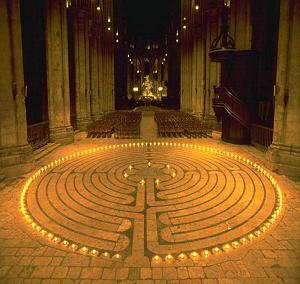
Uploaded with ImageShack.us
Power supply is via a DC convertor. 9.75V @ 1.5A. The supply has an AC leakage of 4.5V @ 0.3mA when measured against a ground on either lead from the PS. No AC present when tested from both leads.
output measurements as follows.
22.20 VAC
46.58 VDC
attaching a 12v 21W 1156 bulb to the PS side changes the voltage thusly:
21.88 VAC
49.82 VDC
this circuit will charge a capacitor to 70V, lights neon bulbs.
tried to measure amp draw on the PS side when charging a cap and neon bulb and there is no measurable draw. putting the bulb on the PS leads shortens the time it takes to charge a capacitor.
the ground lead is responsible for the voltage, no ground lead and voltage drops signifigantly.
disconnecting the lead from the negative terminal to windings and ground lead the V points measure 4.54VDC and 1.97VAC, putting the bulb on the PS side the voltage increases steadly but slowly.
The circuit draws strongly from the earth ground, a 16sq/ft foil surface wrapped in 3mil poly acts a virtual 'antennae' ground and voltages are lower by about 15VDC and ~18VAC.
interesting to note, it's difficult to measure the voltage, as it is dependent on load. just the terminal ends reads a maximum of 48V putting a capacitor across the terminals the voltage increases to 70V however it will light a 120V neon bulb.

 no surprise really.
no surprise really.











Comment